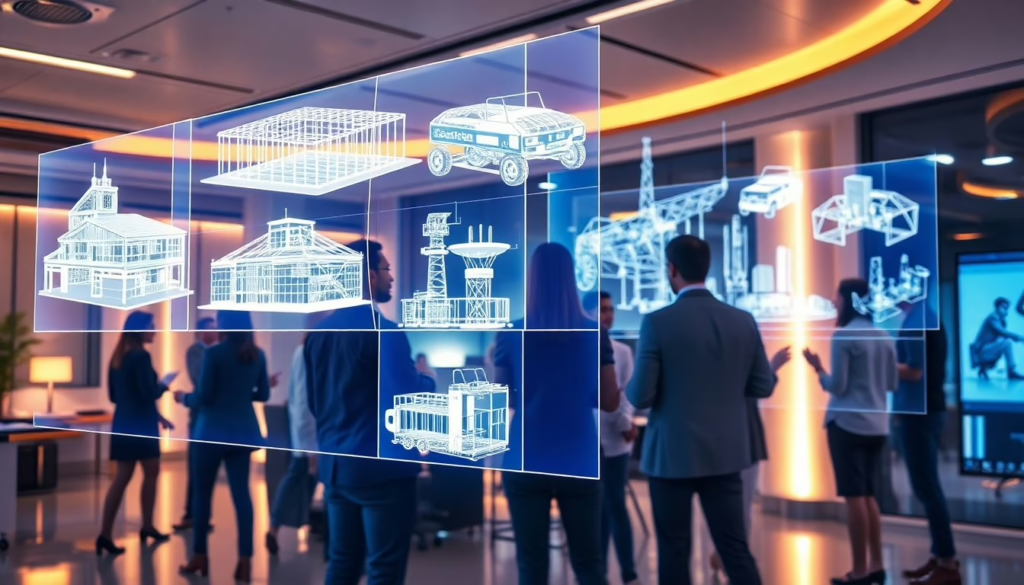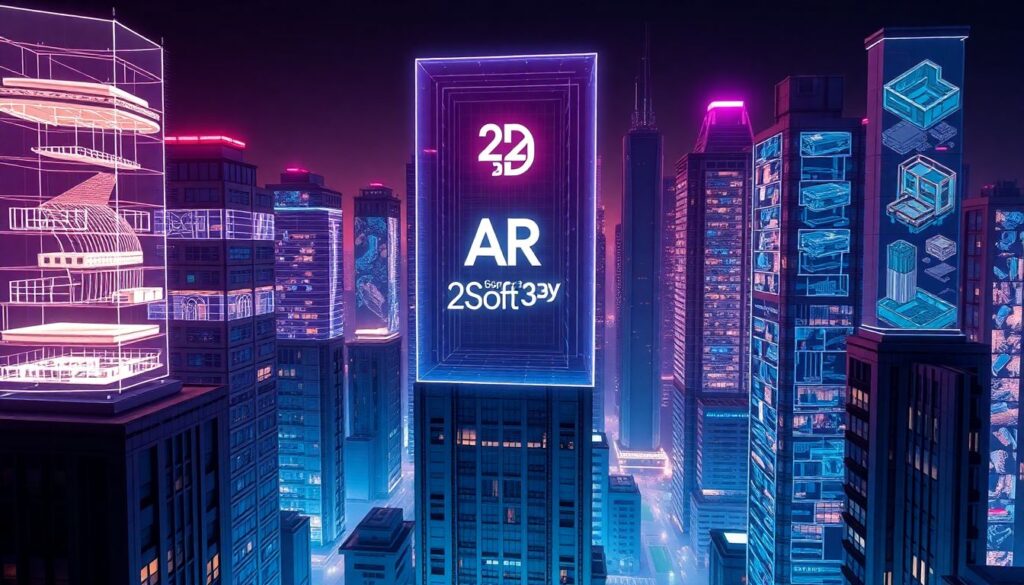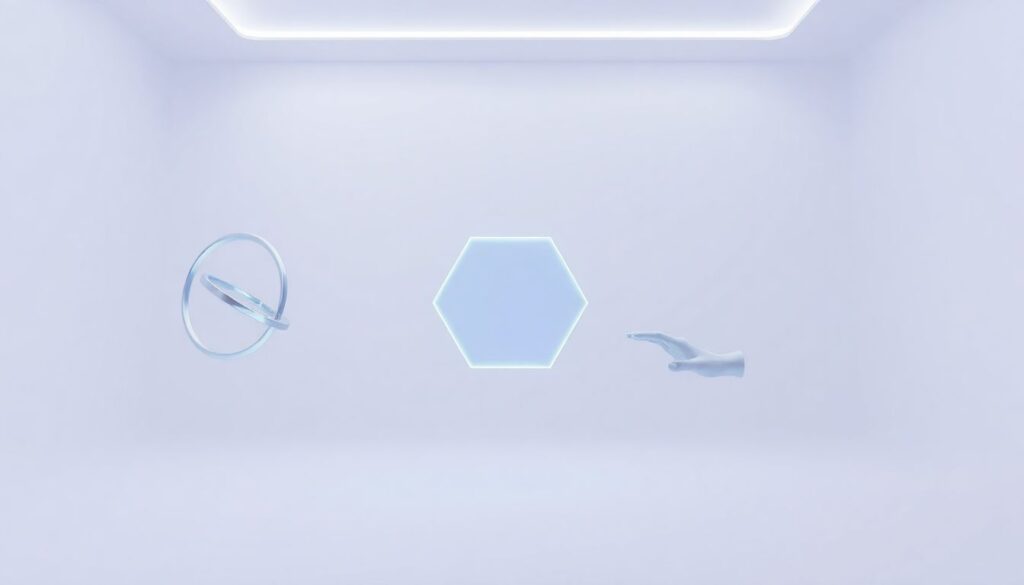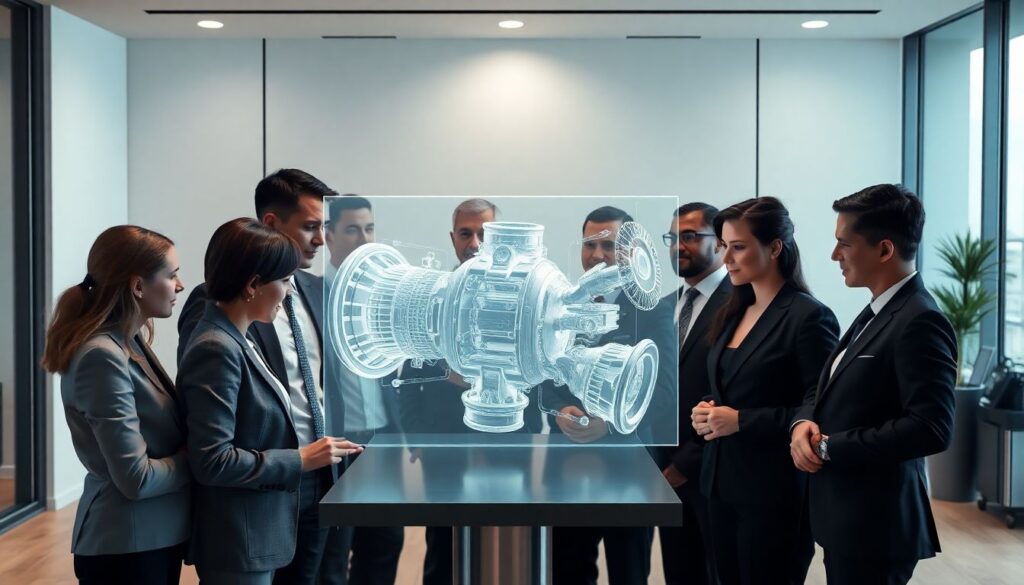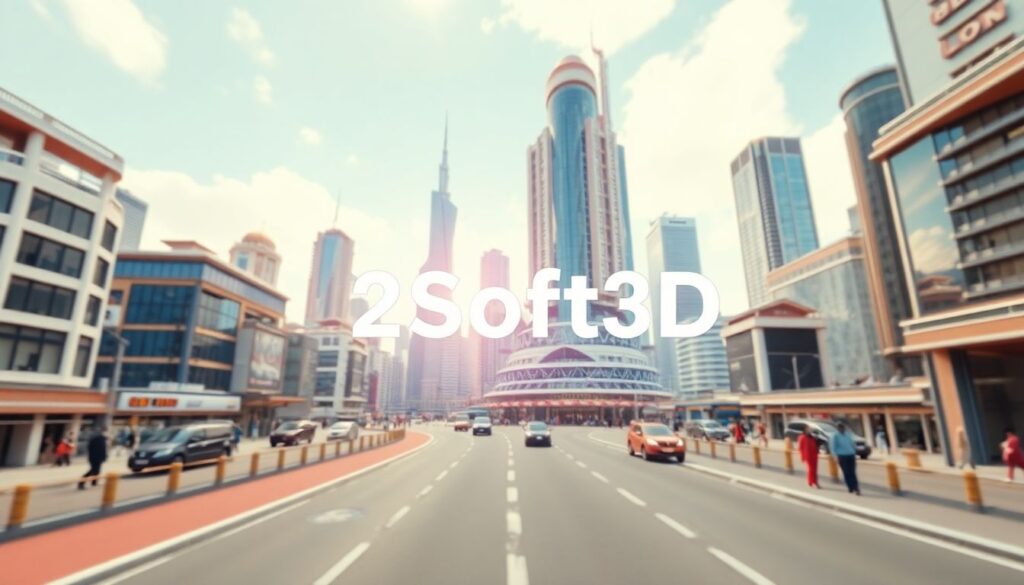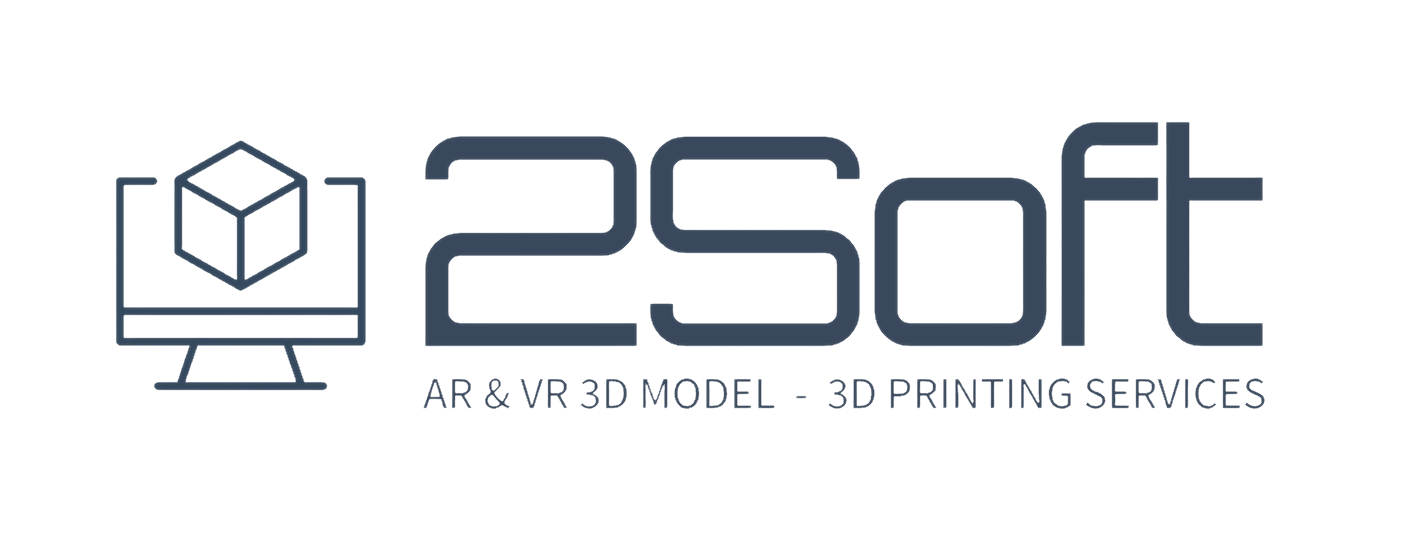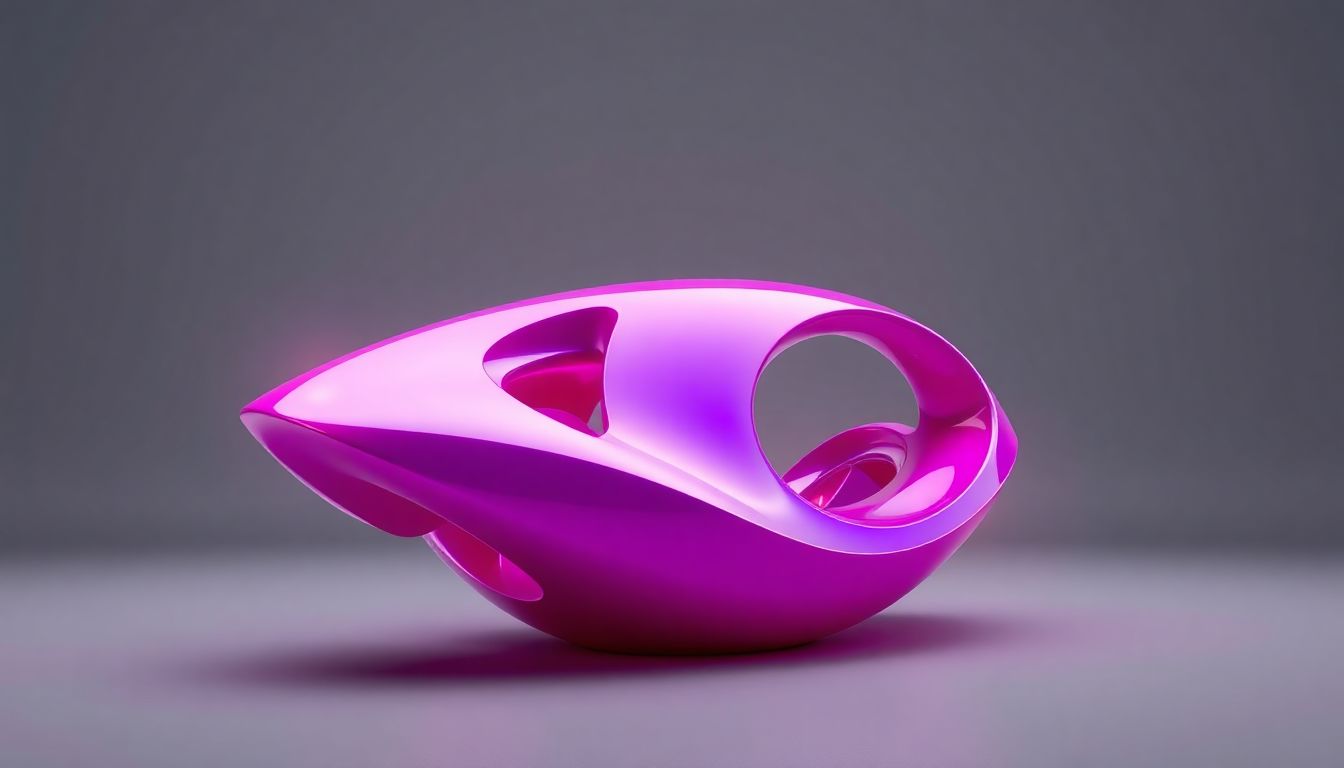
GET FREE CONSULTATION FROM US TO GET 3D MODEL SERVICE
How to Create Augmented Reality 3D Models
The augmented reality (AR) market is booming, projected to reach $198 billion by 2025. This rapid growth shows how AR is changing the way we interact with digital content. From education to entertainment, 3D AR models have immense potential throughout various industries. This guide will walk you through the steps to create high-quality AR 3D models.
Choosing the Right 3D Modeling Software
Selecting Software Based on Skill Level and Project Needs
When it comes to 3D modeling for AR, your choice of software matters. Here are some popular options:
| Software | Cost | Ease of Use | Best For |
|---|---|---|---|
| Blender | Free | Steep learning curve | Advanced users |
| Unity | Free/Subscription | Moderate | Game and app development |
| SketchUp | Free/Premium | Easy | Quick architectural models |
| Tinkercad | Free | Very easy | Beginners and education |
Essential Features to Consider in 3D Modeling Software for AR
Choose software that supports:
- Export formats: Look for formats like .glTF or .FBX that AR platforms accept.
- Texture mapping: The ability to easily create and apply textures.
- Animation capabilities: Functionality for adding movements to your models.
For further help, check out tutorials and documentation linked with each software.
Importing Existing 3D Models
You don’t always have to create models from scratch. Many platforms offer existing models. Make sure the formats are compatible with your chosen software. Websites like Sketchfab and TurboSquid are great resources for finding pre-made models.
Designing Your AR 3D Model: Key Considerations
Understanding the Principles of 3D Modeling for AR
To ensure a smooth AR experience, optimizing your model’s performance is critical.
- Polygon Reduction: Reducing the polygon count keeps your model light and fast.
- Texture Optimization: Use lower resolution textures wisely to save on load times without losing visual quality.
Creating Realistic Textures and Materials
High-quality textures make your AR experience immersive. Check resources like textures.com or create your own using tools like Substance Painter.
Adding Animations and Interactions
Animations can make your AR models come alive. Consider simple movements like rotations or scaling to enhance user engagement. Look at successful AR apps for inspiration.
Integrating Your 3D Model into an AR Application
Selecting an AR Development Platform
Popular AR platforms include:
- ARKit: Best for iOS development.
- ARCore: Ideal for Android.
- Vuforia: Great for cross-platform applications.
Evaluate features and consider your target audience when choosing a platform.
Importing and Positioning Your 3D Model Within the AR Environment
To import your model, follow these steps:
- Open your chosen AR platform.
- Navigate to the project area.
- Import your 3D model file.
- Position the model in the AR space, ensuring it fits well within the environment for a realistic display.
Correct scaling and placement enhance the user experience.
Optimizing for Performance and User Experience
To improve application loading times:
- Limit the number of polygons in your models.
- Optimize textures for faster loading.
- Test on different devices to ensure compatibility.
Testing and Refining Your AR Experience
Thorough Testing on Various Devices
Testing on multiple devices is crucial. This approach helps identify issues related to performance, rendering, and usability. Aim to spot common issues like crashes or slow animations early.
User Feedback and Iteration
Gather feedback through testing with real users. Their insights can help you understand what works and what doesn’t. Use this feedback to make necessary adjustments.
Deployment and Distribution
Once refined, publish your AR application to platforms like the App Store or Google Play. Don’t forget to plan a marketing strategy to promote your new AR experience effectively.
Advanced Techniques and Future Trends ( How to Create Augmented Reality 3D Models )
Utilizing Real-Time Rendering and Physically-Based Rendering (PBR)
These techniques can immensely improve visual realism. Apps like Pokémon Go and Snapchat leverage advanced rendering for engaging user experiences.
Integrating AI and Machine Learning into AR Experiences
Artificial intelligence can enhance interactivity in AR experiences. For instance, AI can help models realistically respond to user actions.
The Future of AR 3D Modeling: Emerging Technologies and Trends
AR technology is rapidly evolving. Expect to see innovations in user interaction, integration with virtual reality, and advancements in real-time capabilities. Keeping up with these trends will ensure you stay relevant in the AR space.
Conclusion
Creating high-quality AR 3D models opens up exciting possibilities across various fields. By following this guide, you can design and implement your own AR experiences. Start experimenting today and contribute to the growing AR landscape. Your creativity is key to shaping the future of augmented reality.
